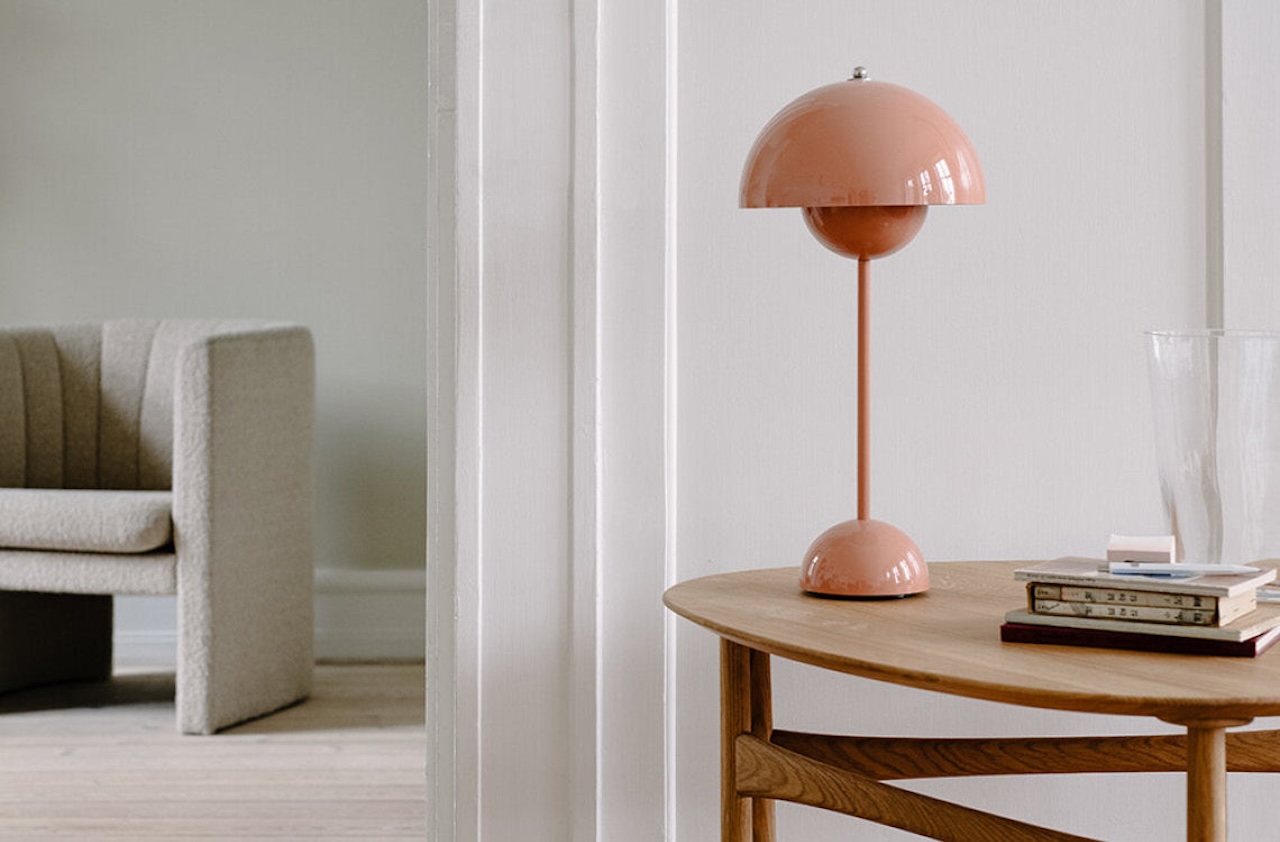

Furniture
Which Lamp Produces A Cool Color Tone
Modified: October 20, 2024
Looking for furniture lamps that produce a cool color tone? Discover our top picks and elevate the ambiance of your space with these stylish lighting options.
(Many of the links in this article redirect to a specific reviewed product. Your purchase of these products through affiliate links helps to generate commission for Storables.com, at no extra cost. Learn more)
Introduction
Welcome to the world of interior design and lighting, where even the smallest details can have a significant impact on the overall aesthetic and ambiance of a space. When it comes to setting the right mood, the color tone of lighting plays a crucial role. One aspect of lighting that greatly affects the color tone is the type of lamp used.
Color temperature is a measure of the color appearance of light, ranging from warm tones to cool tones. Understanding how different lamps produce varying color tones can help you make informed decisions when choosing lighting fixtures for your home or office.
In this article, we will explore the different types of lamps and their ability to produce a cool color tone. We will examine the characteristics of incandescent lamps, compact fluorescent lamps (CFLs), LED lamps, and halogen lamps to determine which one is most suitable for creating a cool and refreshing atmosphere.
So, if you’re ready to dive into the world of lighting aesthetics, let’s get started with understanding color temperature and its influence on lamp selection.
Key Takeaways:
- LED lamps are the top choice for achieving a cool color tone, offering energy efficiency, long lifespan, and versatile color temperatures. They provide a refreshing and vibrant atmosphere for any space.
- When it comes to cool color tones, consider the balance between functionality, energy efficiency, and aesthetics. LED lamps stand out as a modern and versatile option, perfect for creating a bright and invigorating ambiance.
Overview of Color Temperature
Color temperature is a measurement that describes the color appearance of light emitted by a lamp or light source. It is measured in Kelvin (K) and helps determine whether the light appears warm or cool. The higher the color temperature, the cooler the light; conversely, lower color temperatures indicate warmer light.
Color temperature is often associated with specific activities or moods. Warm light, with color temperatures around 2000-3000K, creates a cozy and inviting ambiance. Cool light, ranging from 4000-6500K, produces a bright and energizing atmosphere. Neutral light falls somewhere in the middle, typically around 3500-4000K, and provides a balanced and natural look.
Understanding the concept of color temperature is important in selecting the right lighting for different areas of your home or office. You may want to use warm lighting in living rooms, bedrooms, or dining areas to create a relaxing and intimate vibe. On the other hand, cool lighting is more suitable for areas where productivity and focus are required, such as offices, study areas, or kitchens.
Now that we have a grasp of color temperature, let’s explore how different lamps influence the color tone they produce.
Factors Influencing Color Tone in Lamps
Several factors contribute to the color tone produced by lamps. Understanding these factors will help you make informed decisions when selecting the right lamp for your desired color temperature.
1. Light Source: The type of light source used in a lamp greatly influences its color tone. Different technologies, such as incandescent, fluorescent, LED, and halogen, produce different color temperatures.
2. Color Rendering Index (CRI): CRI measures how accurately a light source reproduces colors compared to natural light. A high CRI indicates better color rendering, resulting in more vibrant and true-to-life colors.
3. Filament or Diode Design: The design of the filament or diode in a lamp affects the distribution of light and, consequently, the overall color tone. Lamps with multiple filaments or diodes may produce a more uniform light output.
4. Coating or Filter: Some lamps may have coatings or filters that can alter the color temperature. For example, a lamp with a blue coating or filter can create a cooler color tone by shifting the light towards the blue end of the spectrum.
5. Dimming Capability: The ability to dim a lamp can also affect the perceived color tone. Dimming a lamp can make the light appear warmer, even if it has a higher color temperature.
Considering these factors will help you choose a lamp that produces the desired color tone for your space. Now, let’s take a closer look at each type of lamp and their ability to produce a cool color tone.
Incandescent Lamps
Incandescent lamps have been a popular choice for lighting fixtures for many years. They work by passing an electric current through a tungsten filament, which becomes heated and emits light. Incandescent lamps produce a warm and inviting color tone, typically in the range of 2700-3000K.
While incandescent lamps are known for their warm light, they are not the best option if you’re looking for a cool color tone. Their color temperature is on the warmer side of the spectrum, which creates a cozy and intimate ambiance. However, if you prefer a warmer and more traditional feel in your space, incandescent lamps can be a suitable choice.
It’s important to note that incandescent lamps are less energy-efficient compared to other lighting technologies. They have a shorter lifespan and emit a significant amount of heat, making them less environmentally friendly. As a result, many countries have phased out or limited the production and sale of incandescent lamps.
Overall, while incandescent lamps may not be the best choice for producing a cool color tone, they still have their place in creating a warm and cozy atmosphere in specific spaces. It’s worth considering other technologies, such as LED or CFL lamps, for achieving a cool and refreshing color tone.
Compact Fluorescent Lamps (CFLs)
Compact Fluorescent Lamps (CFLs) are energy-efficient alternatives to traditional incandescent lamps. They operate by passing an electric current through a tube containing mercury vapor, which then emits ultraviolet light. The interior of the tube is coated with phosphors that convert the ultraviolet light into visible light. CFLs are available in various color temperatures, including cool tones in the range of 5000-6500K.
CFLs can produce a cool color tone that is often associated with daylight or natural light. These lamps are great for spaces where a bright and energizing atmosphere is desired, such as offices, kitchens, or bathrooms. The cool color temperature enhances focus and productivity.
One drawback of CFLs is the warm-up time they require to reach their full brightness. When you turn on a CFL lamp, it may take a few seconds for it to reach its maximum light output. However, advancements in technology have decreased the warm-up time significantly, making CFLs a viable option for many applications.
CFLs are generally more energy-efficient than incandescent lamps, consuming approximately 70% less energy. They also have a longer lifespan, which reduces the need for frequent replacements. However, it’s important to note that CFLs contain a small amount of mercury, which requires proper disposal to avoid environmental contamination.
When choosing CFLs for a cool color tone, look for lamps labeled “cool white” or “daylight.” These designations indicate a higher color temperature, ensuring you achieve the desired cool and refreshing lighting effect for your space.
In recent years, CFLs have faced competition from newer technologies, such as LED lamps. We will explore LED lamps and their ability to produce cool color tones in the next section.
LED lamps with a color temperature of 5000-6500K produce a cool, bluish-white light. Look for “daylight” or “cool white” labels when choosing a lamp for a cool color tone.
LED Lamps
LED (Light Emitting Diode) lamps have revolutionized lighting technology with their energy efficiency, long lifespan, and versatility. LED lamps work by passing an electric current through a semiconductor material, which produces light without the need for a filament or gas.
LED lamps are available in a wide range of color temperatures, including cool tones. They can produce crisp and cool color tones in the range of 5000-6500K, similar to daylight. This makes LED lamps ideal for spaces where a bright and refreshing atmosphere is desired, such as offices, retail stores, and task-oriented areas.
One of the significant advantages of LED lamps is their energy efficiency. They consume less energy compared to traditional incandescent and even CFL lamps, resulting in substantial energy savings and lower electricity bills. LED lamps also have an impressive lifespan, with some models lasting up to 50,000 hours or more, reducing maintenance and replacement costs.
LED lamps offer excellent color rendering capabilities, with high Color Rendering Index (CRI) values. This means they can reproduce colors accurately, resulting in vibrant and true-to-life lighting. Additionally, LED lamps are dimmable, allowing you to adjust the intensity and create a customized lighting experience.
LED technology has advanced significantly in recent years, providing a vast array of options for different applications. You can find LED lamps in various shapes, sizes, and styles, making them suitable for any design aesthetic. Whether you’re looking for recessed lighting, track lighting, or decorative fixtures, LED lamps offer a versatile solution.
While LED lamps are generally more expensive upfront compared to other types of lamps, their long-term cost savings and energy efficiency make them a worthwhile investment. The cool color tones produced by LED lamps can transform any space into a refreshing and vibrant environment.
Now that we’ve explored LED lamps, let’s move on to discussing halogen lamps and their ability to produce a cool color tone.
Halogen Lamps
Halogen lamps are a type of incandescent lamp that uses halogen gas to improve efficiency and extend the lifespan of the lamp. They operate similarly to traditional incandescent lamps, with a tungsten filament that emits light when heated by the electric current. Halogen lamps are known for their bright and focused illumination.
Halogen lamps are available in various color temperatures, including cool tones. They can produce a cool color tone in the range of 3200-4000K, creating a refreshing and vibrant atmosphere in a space. The cool color temperature of halogen lamps makes them suitable for task lighting, accent lighting, or areas where clarity and visibility are essential.
One of the key advantages of halogen lamps is their excellent color rendering capability. They have a high Color Rendering Index (CRI), which means they can accurately reproduce colors, making them ideal for spaces where color accuracy is important, such as art galleries or retail settings.
Halogen lamps also offer instant brightness without the need for warm-up time. When you turn on a halogen lamp, it reaches its full brightness instantly, providing immediate illumination. This characteristic makes halogen lamps particularly useful in areas where quick and reliable lighting is necessary.
However, it is important to note that halogen lamps are not as energy-efficient as other types of lamps. They consume more energy and generate more heat, which can increase both electricity costs and the ambient temperature in a room. Additionally, halogen lamps have a relatively shorter lifespan compared to LED or CFL lamps.
Considering the efficiency and longevity of other lighting technologies, such as LED, halogen lamps are often used in specific applications where their unique characteristics are advantageous. For achieving a cool color tone, while also benefiting from the brightness and color rendering capabilities of halogen lamps, they can be a suitable choice.
Now that we have explored halogen lamps, let’s move on to comparing the cool color tones produced by different types of lamps to help you make an informed decision.
Comparison of Cool Color Tones Produced by Different Lamps
Now that we’ve explored the various lamps and their ability to produce cool color tones, let’s compare them side by side to help you determine which one is best suited for your needs.
1. Incandescent Lamps: Incandescent lamps produce a warm color tone, ranging from 2700-3000K. While they create a cozy and intimate ambiance, they are not the best choice for achieving a cool color tone.
2. Compact Fluorescent Lamps (CFLs): CFLs can produce a cool color tone in the range of 5000-6500K, similar to daylight. They are energy-efficient and have a longer lifespan than incandescent lamps, making them a suitable option for achieving a bright and refreshing atmosphere.
3. LED Lamps: LED lamps offer a wide range of color temperatures, including cool tones in the range of 5000-6500K. They are highly energy-efficient, have a long lifespan, and provide excellent color rendering capabilities. LED lamps are versatile and can be used in various applications where a bright and energizing atmosphere is desired.
4. Halogen Lamps: Halogen lamps can produce a cool color tone in the range of 3200-4000K. They are known for their instant brightness and high color rendering capabilities. While not as energy-efficient as LED or CFL lamps, they are often used in specific applications where their unique characteristics are advantageous.
When choosing the right lamp for a cool color tone, consider factors such as energy efficiency, lifespan, color rendering ability, and desired ambiance. LED lamps stand out as a top choice for their energy efficiency, long lifespan, versatility, and ability to produce a wide range of color temperatures. They provide a cool and refreshing color tone while offering the benefits of modern lighting technology.
It’s worth noting that personal preference and the specific needs of your space will ultimately determine which lamp is the best fit. Experimenting with different lamps and their color temperatures can help you find the perfect balance and create the desired atmosphere in your home or office.
Now that you have a comprehensive understanding of the different lamps and their cool color tones, you can confidently choose the right lighting solution for your space.
Conclusion
Choosing the right lamp to achieve a cool color tone is crucial for creating a refreshing and invigorating atmosphere in your space. Understanding the different lamps available and their ability to produce cool color temperatures can make a significant difference in achieving your desired lighting aesthetic.
We explored various types of lamps, including incandescent, compact fluorescent (CFL), LED, and halogen, and compared their cool color tones. While incandescent lamps and halogen lamps tend to produce warmer color temperatures, CFLs and LED lamps offer a wide range of cool color tones, similar to daylight.
CFLs are energy-efficient and provide a cool and refreshing ambiance. They are ideal for areas where brightness and productivity are desired, such as offices, kitchens, or bathrooms. Meanwhile, LED lamps offer excellent energy efficiency, long lifespan, and versatility. They produce cool color tones and are highly customizable, making them suitable for various applications.
Ultimately, choosing the right lamp for a cool color tone depends on your specific needs, personal preferences, and the ambiance you want to create in your space. Consider factors such as energy efficiency, color rendering capability, and the desired atmosphere when making your decision.
As technology continues to advance, LED lamps have become the go-to choice for achieving cool color tones due to their energy efficiency, longevity, and versatility. They offer bright and refreshing lighting while maintaining excellent color rendering capabilities.
It’s essential to keep in mind that lighting design is not limited to a single lamp but is a combination of various light sources and fixtures working together harmoniously. Consider layering different lamps and fixtures in your space to create depth and dimension while achieving the desired cool color tone.
Whether you prefer the convenience of CFLs, the versatility of LED lamps, or the unique characteristics of halogen lamps, the key is to strike a balance between functionality, energy efficiency, and aesthetics when selecting the right lamp for your cool color tone needs.
With the knowledge gained from this article, you can confidently navigate the world of lamps and lighting, transforming your space into a cool and inviting environment that suits your style and enhances your overall experience.
Frequently Asked Questions about Which Lamp Produces A Cool Color Tone
Was this page helpful?
At Storables.com, we guarantee accurate and reliable information. Our content, validated by Expert Board Contributors, is crafted following stringent Editorial Policies. We're committed to providing you with well-researched, expert-backed insights for all your informational needs.

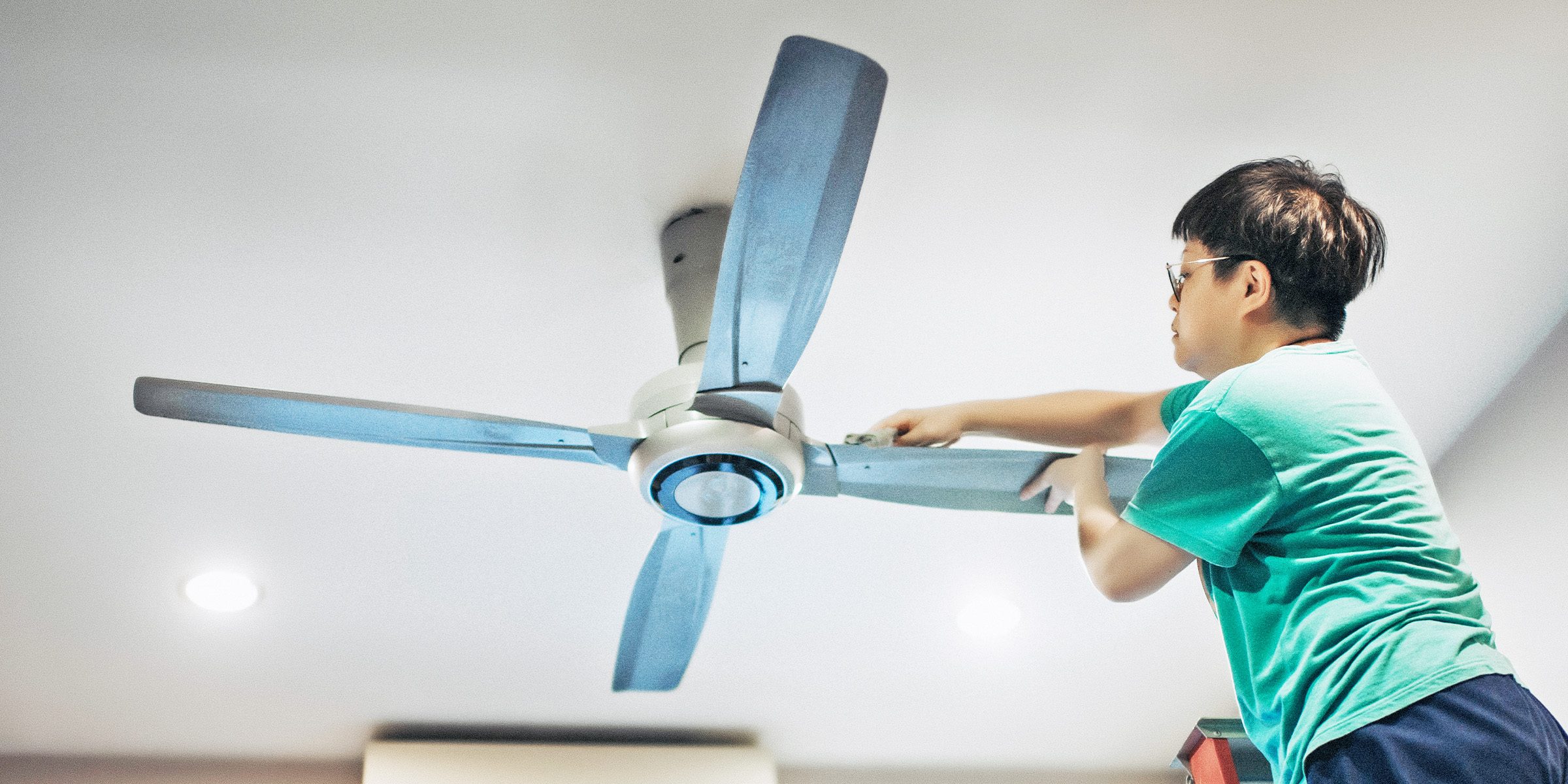
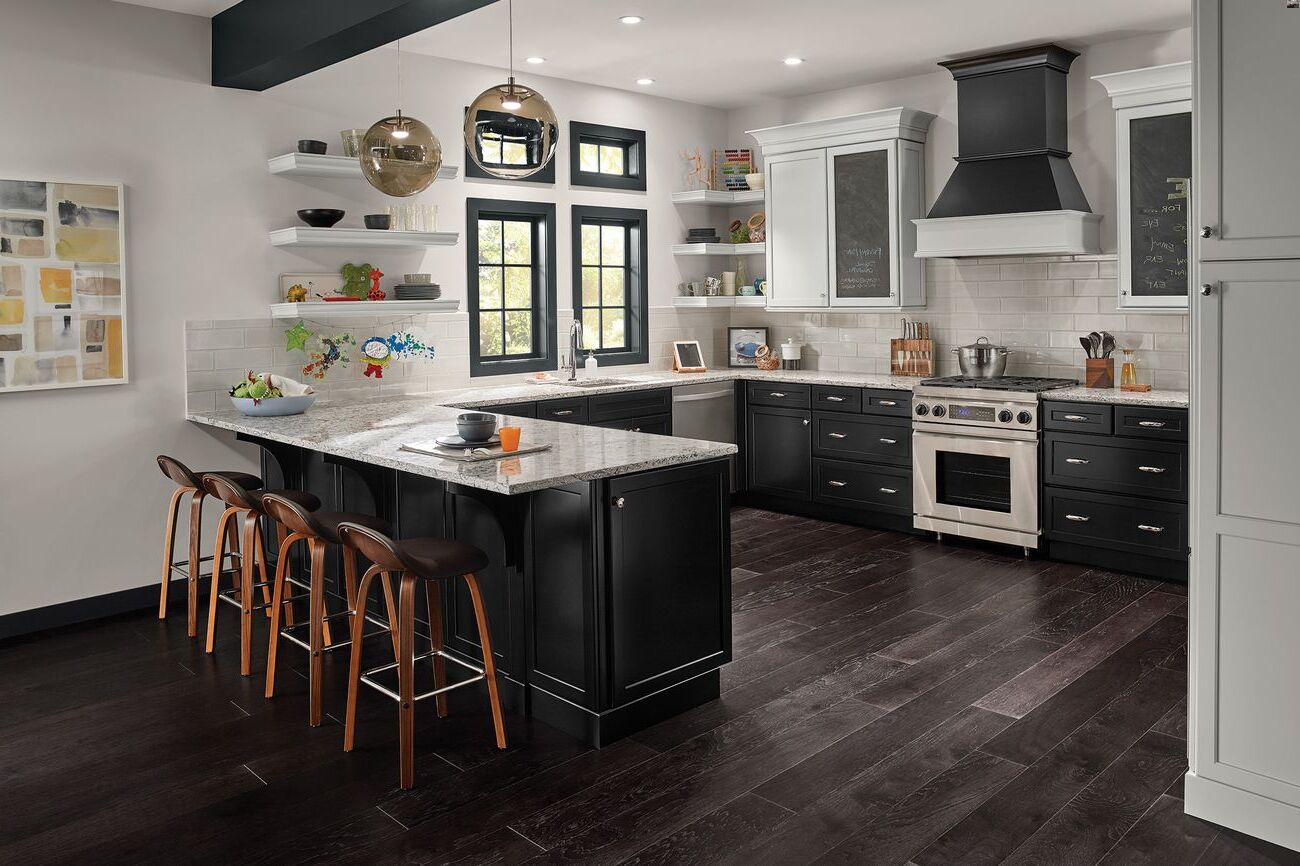
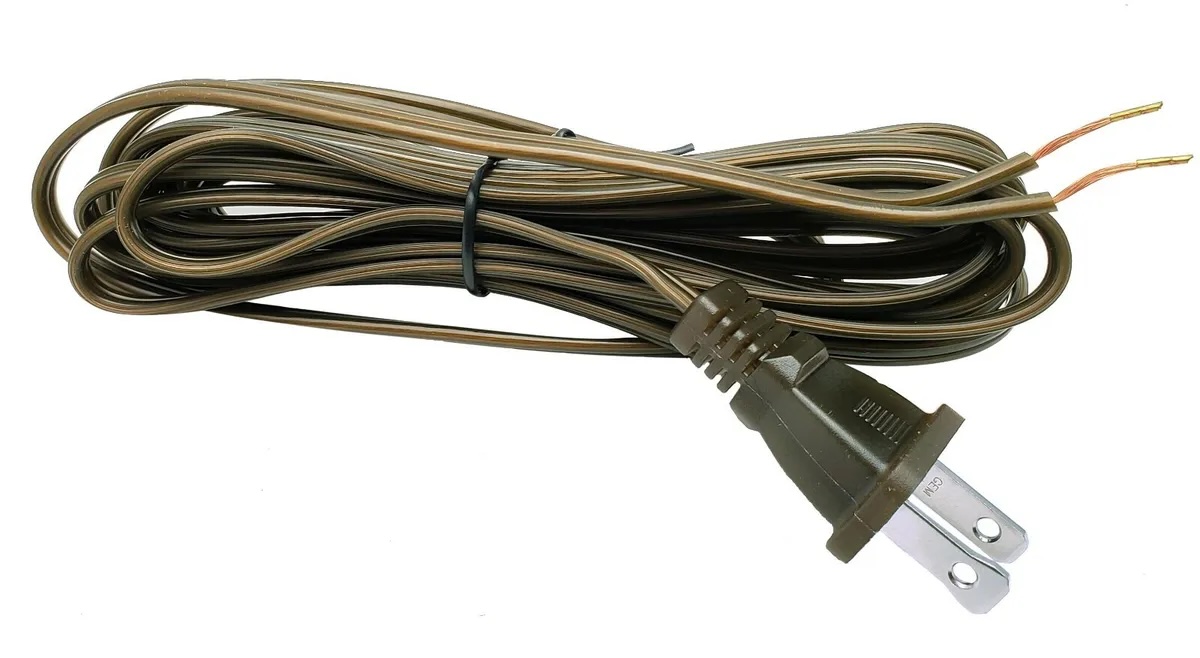
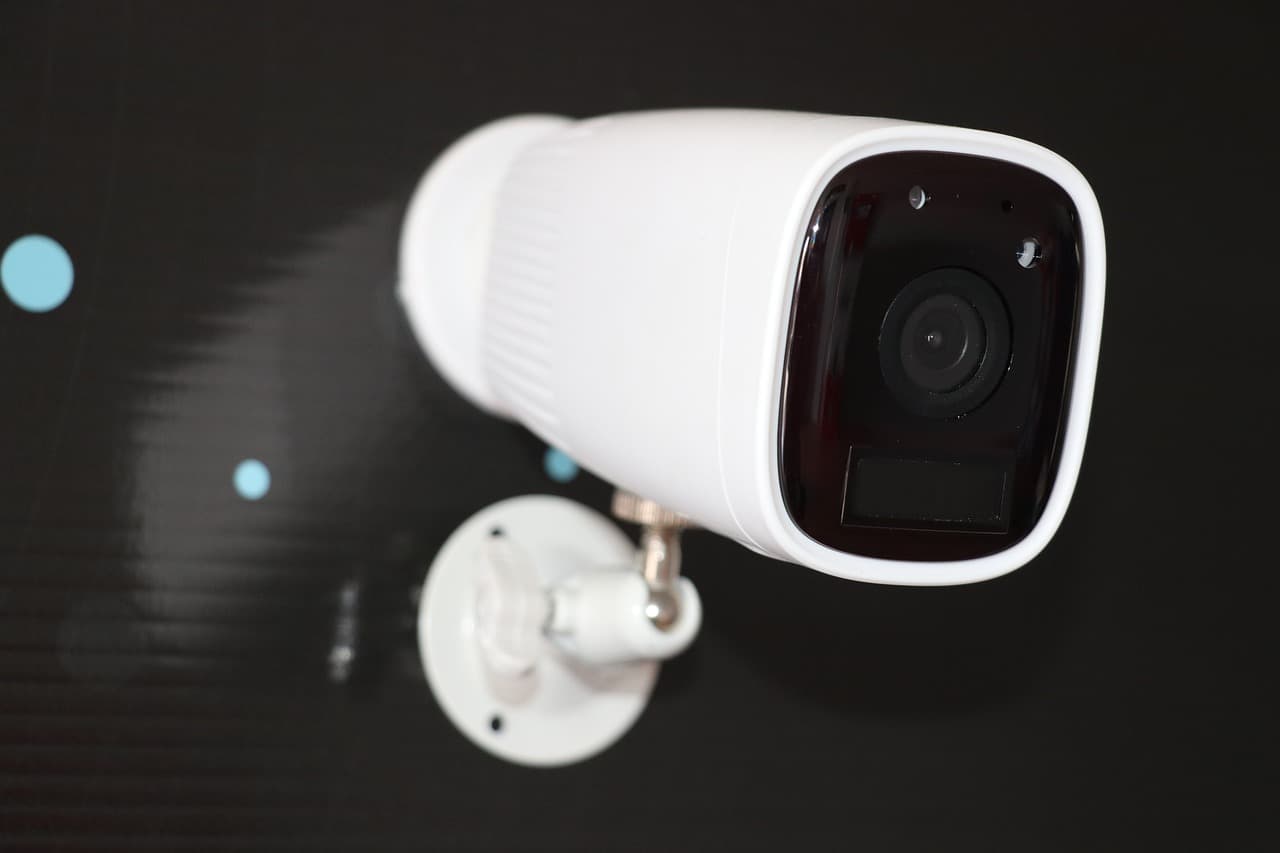
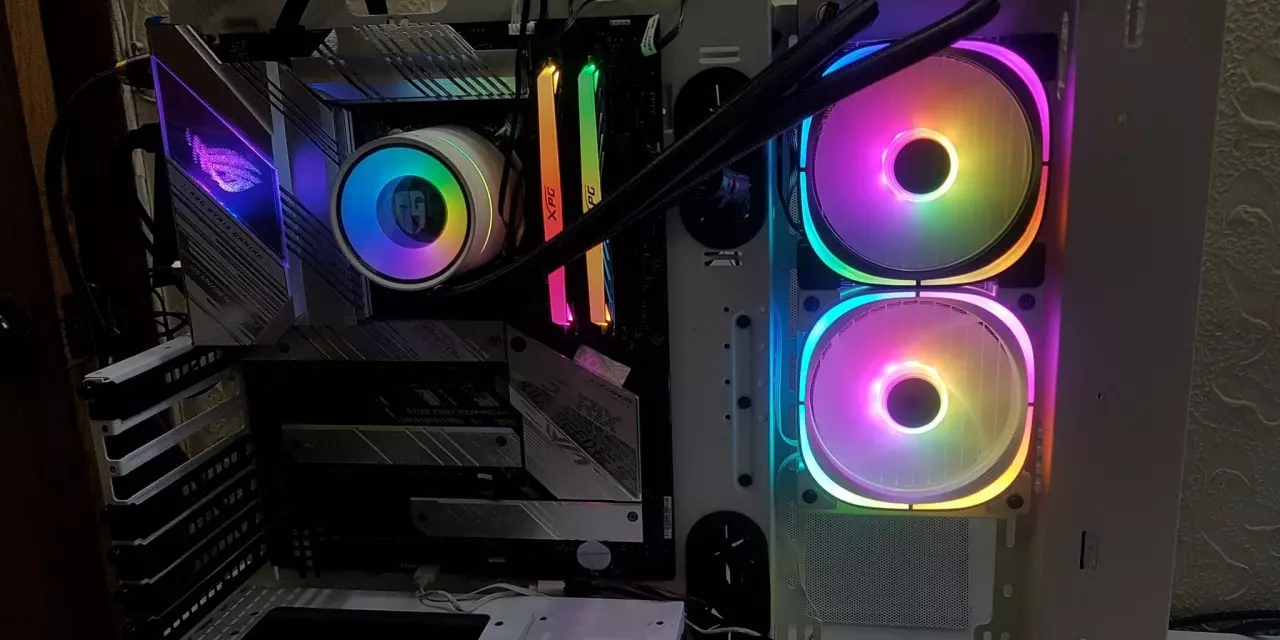
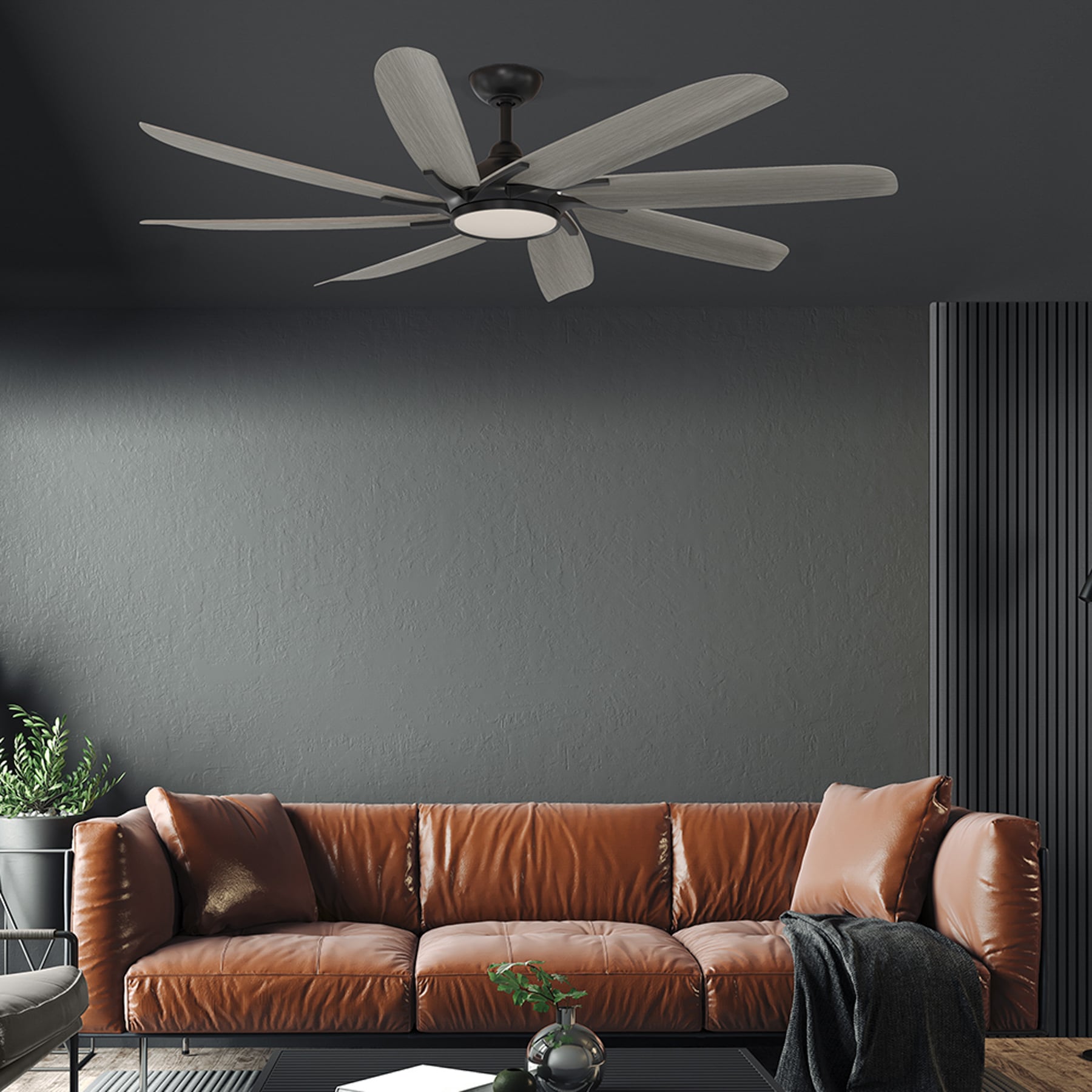
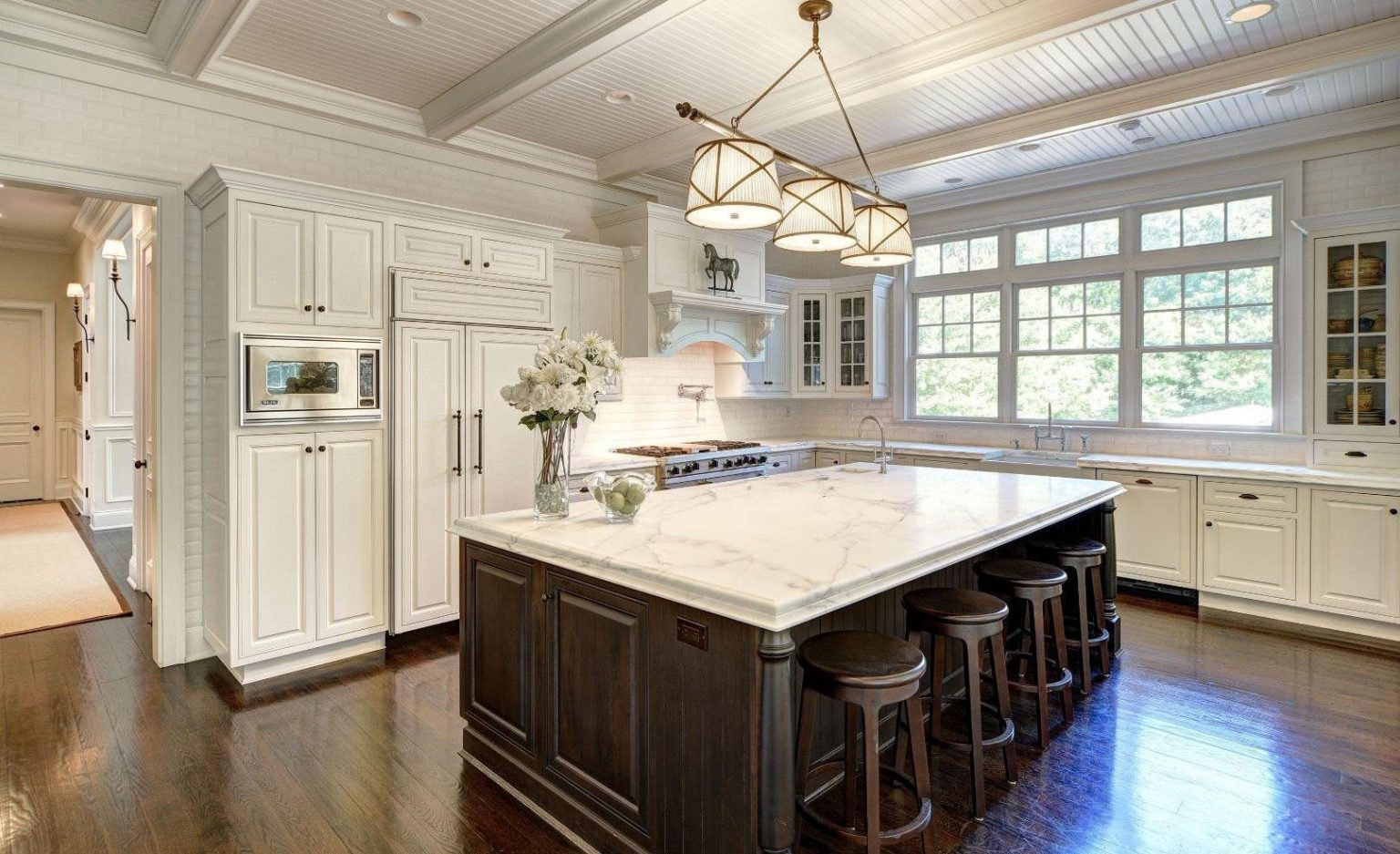
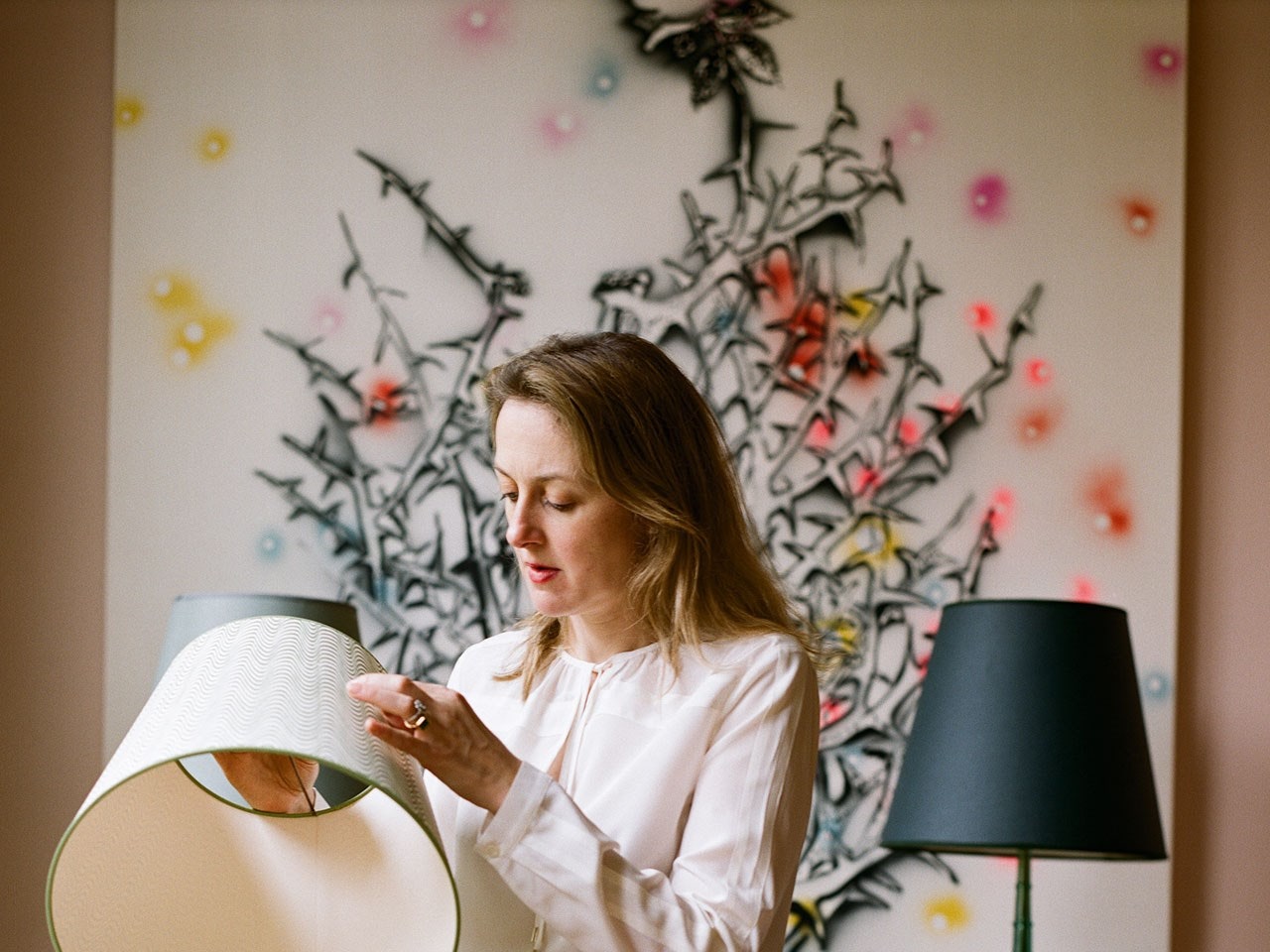

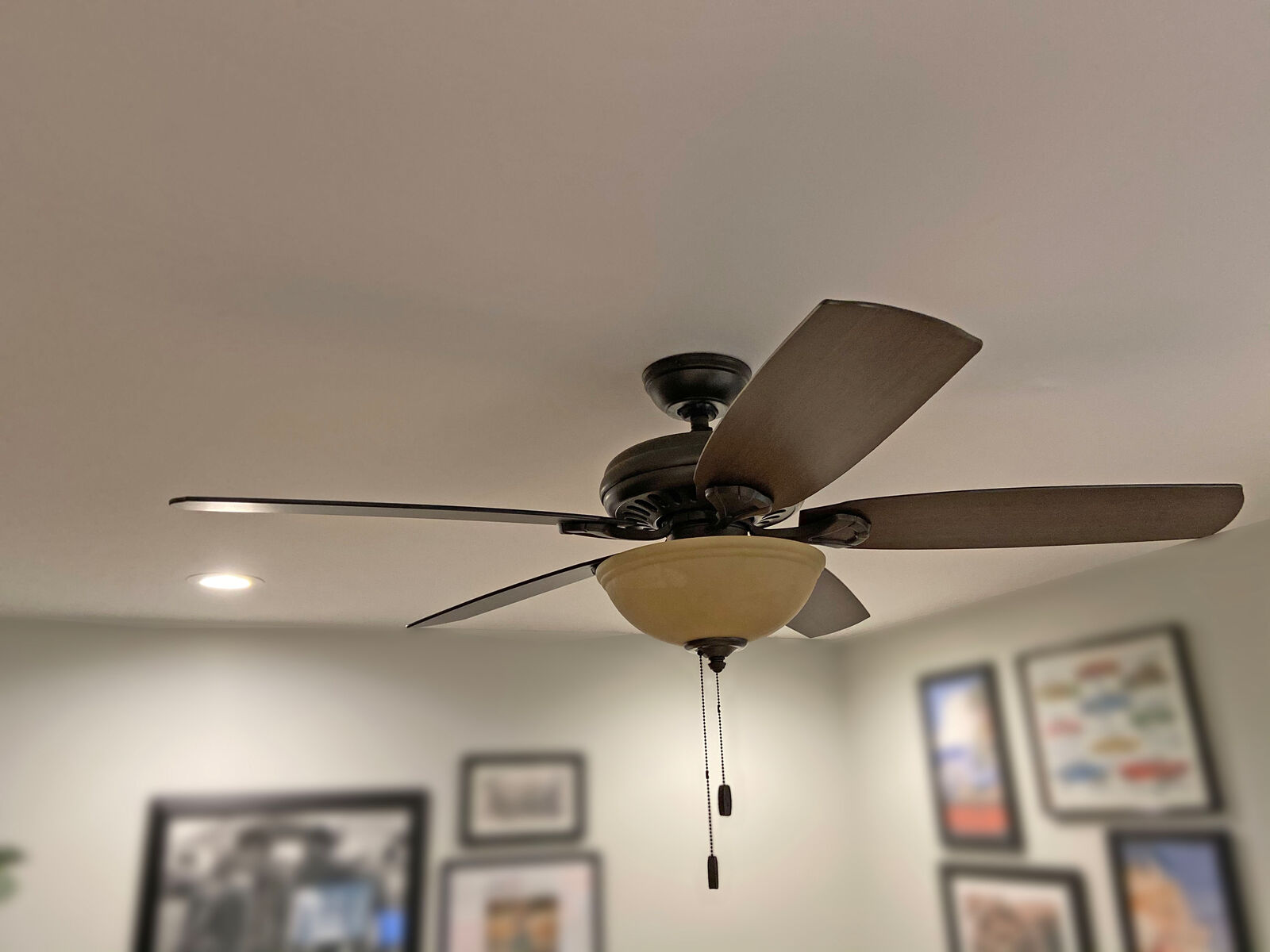

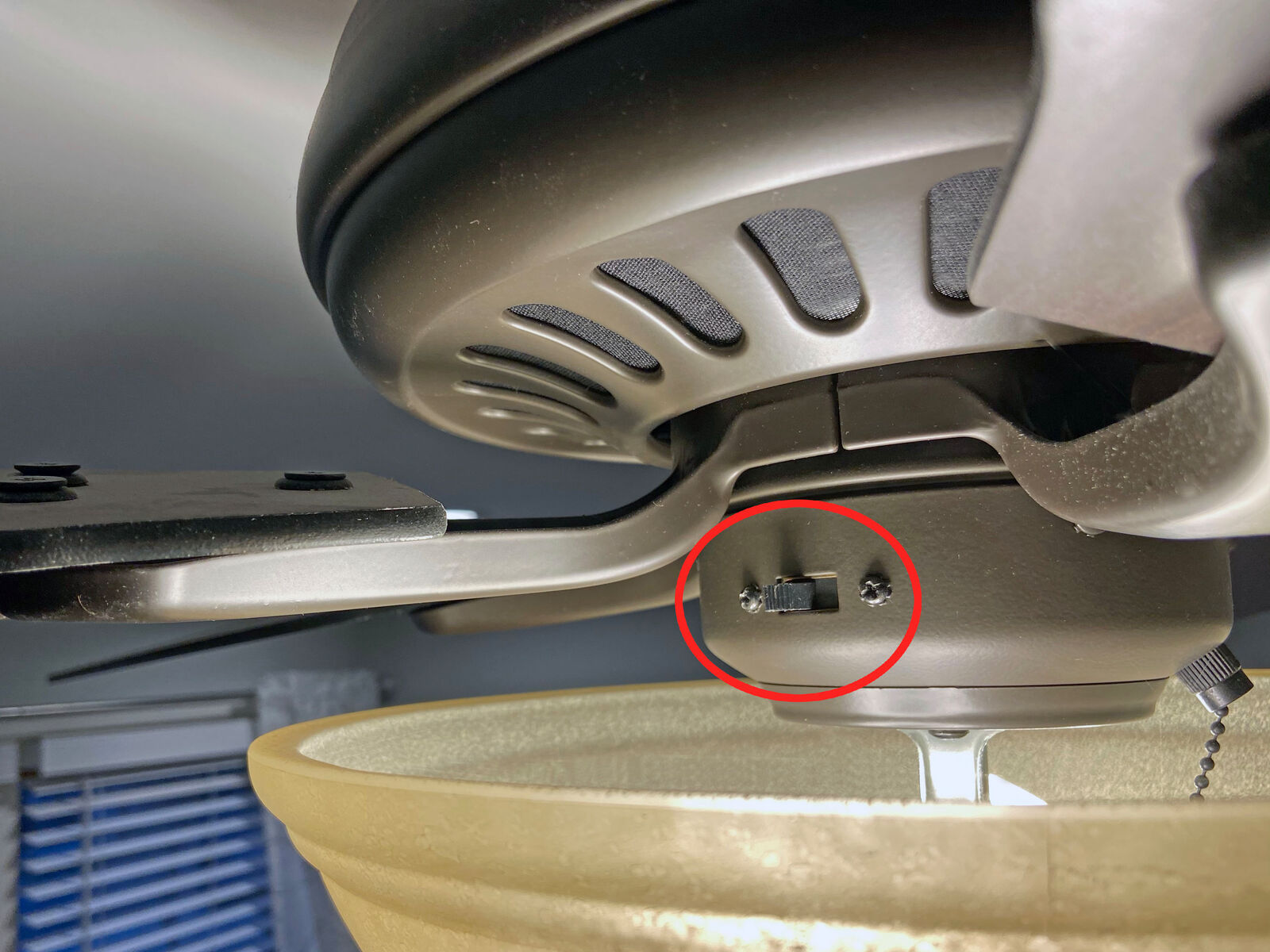
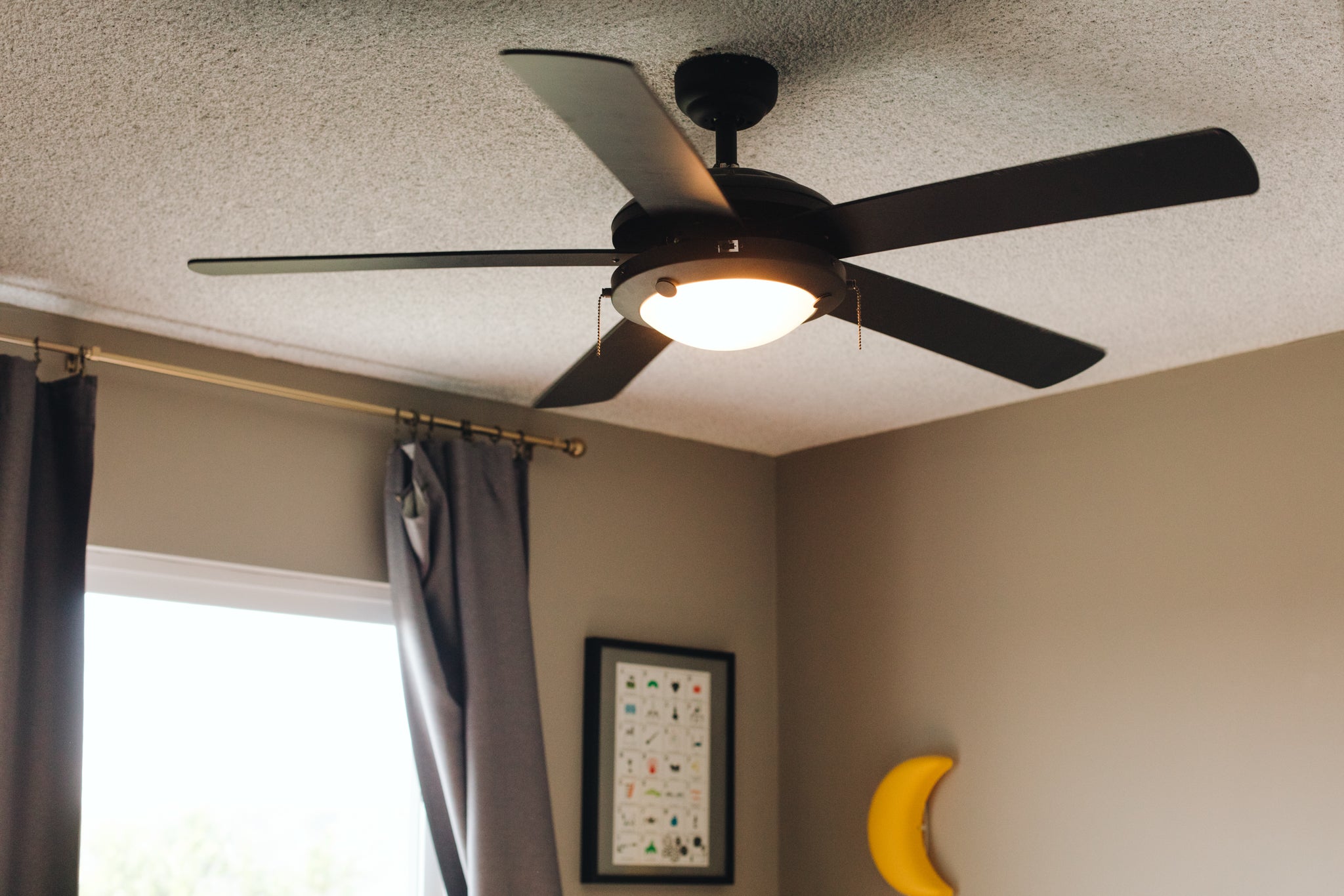

0 thoughts on “Which Lamp Produces A Cool Color Tone”